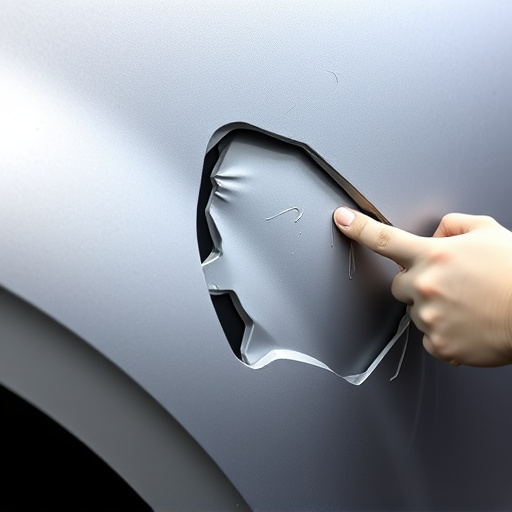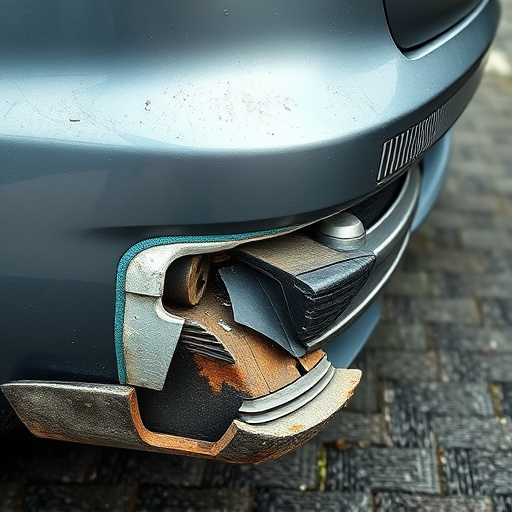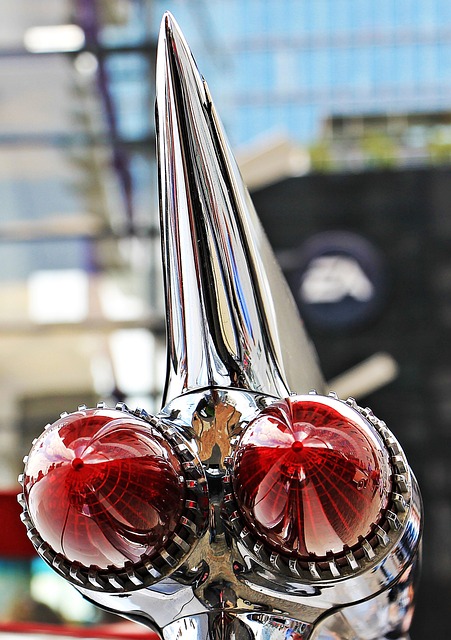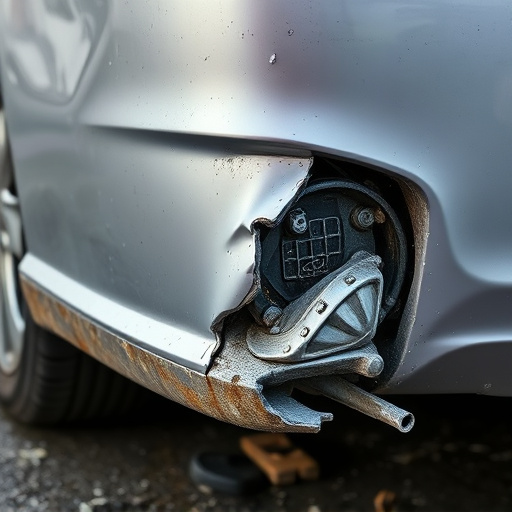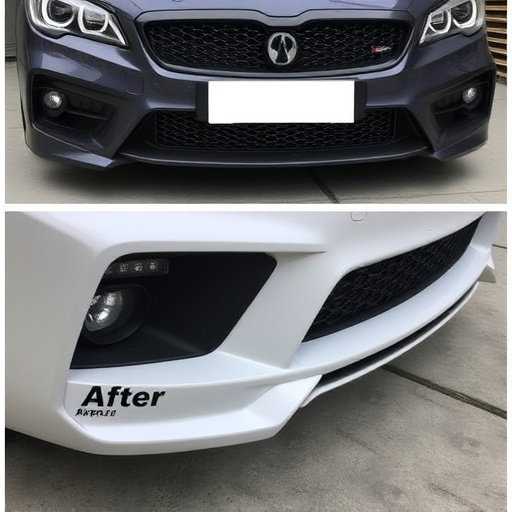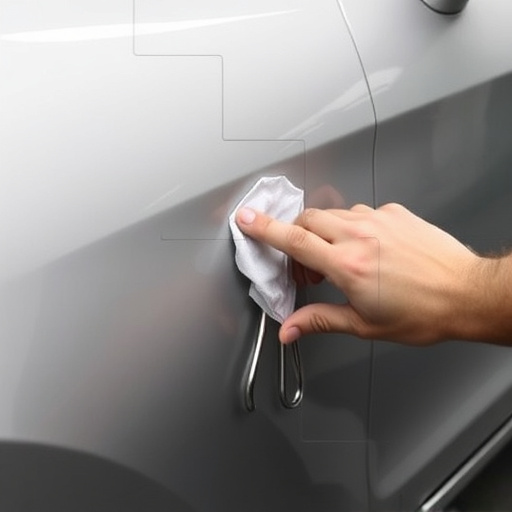The automotive industry is rapidly shifting towards hybrid and electric vehicles (HEVs) due to environmental concerns and stricter emission regulations. Lightweight materials like aluminum body components are crucial for enhancing fuel efficiency without compromising structural integrity, outperforming both steel and certain carbon fiber components. This trend drives sustainability and streamlines repair processes, including dent, fender, and auto body repairs, while making eco-friendly mobility more accessible and cost-effective.
The automotive industry is undergoing a significant transformation with the rise of hybrid and electric vehicles (HEVs and EVs), driven by the global push for sustainable transportation. This shift demands lightweight materials that offer both structural integrity and environmental benefits. Aluminum body components have emerged as a prominent solution, offering a compelling alternative to traditional materials and even challenging carbon fiber components in certain aspects. This article explores the growing adoption of aluminum in HEVs and EVs, delving into its unique properties, advantages over steel, and how it compares to carbon fiber, providing insights into the future of lightweight automotive design.
- The Shift to Hybrid and Electric Vehicles: A Need for Lightweight Materials
- – Exploring the growing demand for sustainable transportation
- – Advantages of aluminum over traditional materials in EVs and HEVs
The Shift to Hybrid and Electric Vehicles: A Need for Lightweight Materials

The automotive industry is undergoing a significant transformation as the demand for hybrid and electric vehicles (HEVs) continues to rise. This shift is driven by environmental concerns and stricter emission regulations, with HEVs offering a more sustainable alternative to traditional gasoline-powered cars. As such, there’s a growing need for lightweight materials that can enhance fuel efficiency while maintaining structural integrity.
Aluminum body components have emerged as a key player in this transition due to their superior strength-to-weight ratio compared to steels and even some carbon fiber components. The lightweight nature of aluminum not only reduces the overall vehicle weight, but it also plays a crucial role in improving energy efficiency, which is paramount for electric vehicles with limited range. With the increasing popularity of HEVs and EVs, the automotive sector must adapt, and the adoption of aluminum body parts is a strategic move towards achieving these sustainability goals, while also ensuring efficient and cost-effective vehicle dent repair, fender repair, and auto body repair processes.
– Exploring the growing demand for sustainable transportation

The demand for sustainable transportation is accelerating as the world shifts towards a greener future. Hybrid and electric vehicles (HEVs) are at the forefront of this movement, driven by consumers’ growing awareness of environmental issues and governments’ stricter emissions regulations. The automotive industry is responding with innovative designs and advanced materials to meet this rising demand. Among these materials, aluminum body components stand out for their exceptional strength-to-weight ratio, enabling more efficient energy use and improved performance in HEVs.
This shift towards sustainable mobility isn’t just about vehicle performance; it also has economic implications. While traditional carbon fiber components offer superior lightweight properties, aluminum remains a cost-effective alternative, making it accessible for a broader range of consumers. Moreover, the integration of aluminum body components not only simplifies manufacturing processes but also facilitates easier car restoration and collision repair, further enhancing the overall sustainability narrative. Even essential services like tire services can align with this trend by adopting eco-friendly practices and materials to support the growing market for sustainable transportation.
– Advantages of aluminum over traditional materials in EVs and HEVs

Aluminum body components offer a compelling alternative to traditional materials in hybrid and electric vehicles (HEVs and EVs). One of its key advantages lies in its superior weight-to-strength ratio, making it lighter yet robust. This reduced weight significantly enhances fuel efficiency and range, crucial factors for EVs aiming to minimize energy consumption and maximize driving distance on a single charge.
Compared to carbon fiber components, aluminum is more cost-effective while still providing excellent structural integrity. It’s easier to form and join, streamlining the manufacturing process. Furthermore, aluminum is highly recyclable, contributing to the sustainability goals of both the automotive industry and environmentally conscious consumers, especially in the context of vehicle restoration and auto maintenance practices that increasingly favor eco-friendly materials.
As the automotive industry shifts towards sustainable transportation, lightweight materials like aluminum are playing a pivotal role in the success of hybrid electric vehicles (HEVs) and all-electric vehicles (EVs). Unlike traditional materials, aluminum offers significant weight savings without compromising structural integrity, which is crucial for improving fuel efficiency and extending battery range. As demand for EVs and HEVs continues to grow, further research into aluminum body components, and their potential to replace carbon fiber components in certain applications, could lead to even more efficient and environmentally-friendly vehicles.


